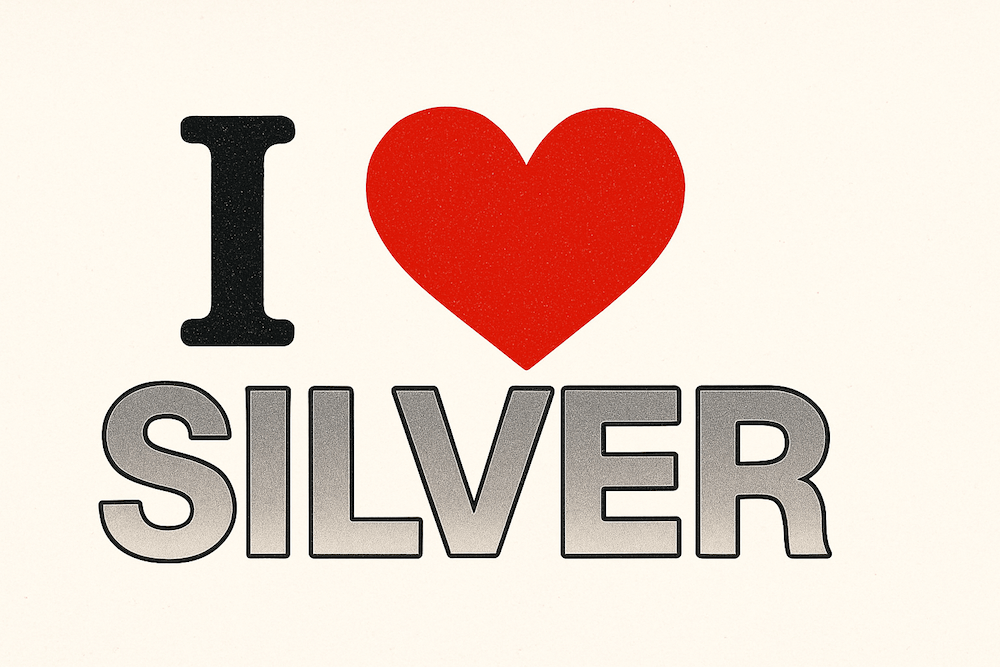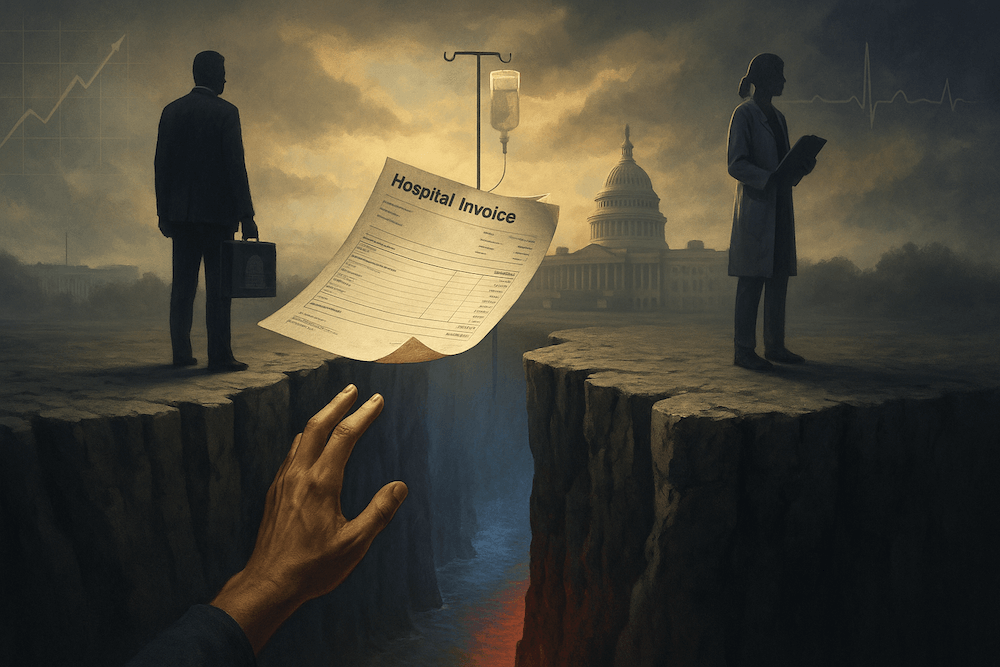
Posted October 22, 2024
By Matt Insley
The Consequences of Early Voting
In 2000, only 40% of voters had access to early-voting options. Today, 97% of American voters have the option to cast their ballots early, either in person or by mail.
Forty-seven states and D.C. now offer some form of early voting with some automatically sending ballots to all registered voters.
Only a handful of states, in fact, still have restrictions on early voting or require specific reasons for mail-in ballots.
Three states — Alabama, Mississippi and New Hampshire — do not offer widespread early voting options, limiting most voters to Election Day only.


Source: Taylor Johnston/CBS News, The Center for Election Innovation and Research
Still, Alabama was the first state to kick off the early-voting season on September 11th this year, “sending absentee ballots to eligible voters who provided a justification to receive one,” The New York Times says.
As for swing states, Michigan will be the last of the battleground states to open up early in-person voting on Saturday, October 26th.
Hotly-contested Pennsylvania, you wonder?
Today, “counties in Pennsylvania must begin sending mail ballots to voters who applied for them, if [counties] have not already done so,” NYT says.
For more on early voting, we’re drilling into the data of one state that Paradigm’s premier political analyst Jim Rickards’ calls Trump’s “wild card.”
Send your opinions to, feedback@newsyoucanacton.com
Your Rundown for Tuesday, October 22, 2024...
Early Voting Takes Center Stage
Almost two weeks ago, we outlined how the state of Virginia has become, in essence, an unconventional battleground state.
Notably, Virginia has already had two weeks of mail-in and early in-person voting. Some interesting trends are emerging that could indicate broader national patterns:
- First, so-called “consistent voters” (those who regularly participate in elections) are making substantial use of early in-person voting, particularly in Republican-leaning areas.
- In Virginia, about 90% of early voters are consistent voters who participated in at least two of the last three statewide general elections.
- So far, Republican-leaning areas in Virginia are showing higher percentages of absentee ballots cast compared to Democratic-leaning areas.
However, the difference in early voting patterns between Republican and Democratic areas of Virginia could be due to the availability of “satellite voting locations” in suburban and urban areas.
These voting sites dotted throughout Virginia — some of which open later this month — may lead to increased Democratic turnout as the election approaches.
Here’s our point today: The extensive early-voting period means that Election Day is no longer the sole focus for campaigns and voters alike. (The state of Virginia illustrates our point.)
Instead, November 5th this year represents the culmination of a weeks-long process where millions of votes have already been cast.
This shift is evident from data collected and analyzed by TargetEarly, a dashboard created by the data firm TargetSmart to track early and absentee voting trends.
The dashboard today indicates that 14,437,891 million voters throughout the U.S. have already cast their ballots.
Of that number of votes, 24.5% are from registered Democrats, 16.5% are from registered Republicans… while an overwhelming number (57.5%) are from “unaffiliated” (a.k.a. independent) voters.
That’s certainly interesting data ahead of Election Day… On second thought, it seems fair to call it election season.
[Feedback wanted: How has the expansion of early voting options affected your personal voting habits? Have you switched to early or mail-in voting, or do you still prefer to vote on Election Day? Share your thoughts and experience.]
Market Rundown for Tuesday, Oct. 22, 2024
S&P 500 futures are down 0.35% to 5,875.
Oil is up 0.80% to $71.13 for a barrel of West Texas crude.
Gold’s up 0.40% this morning to $2,749.30 per ounce.
Bitcoin? Down 0.80% to $67,100.
Send your comments and questions to, feedback@newsyoucanacton.com

Trump's 2025 Report Card - Honest Grades
Posted December 22, 2025
By Matt Insley

Jim Rickards: How America Falls
Posted December 19, 2025
By Matt Insley

2026, Uncovered
Posted December 17, 2025
By Matt Insley

I ❤️ Silver
Posted December 15, 2025
By Matt Insley

A Silver Bug Moment
Posted December 12, 2025
By Matt Insley
